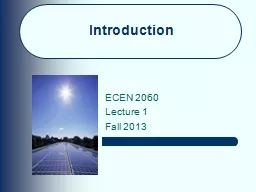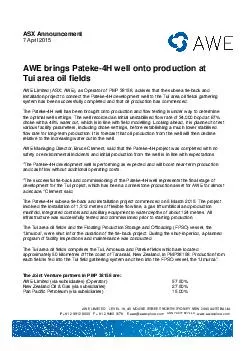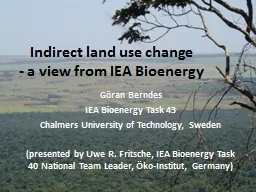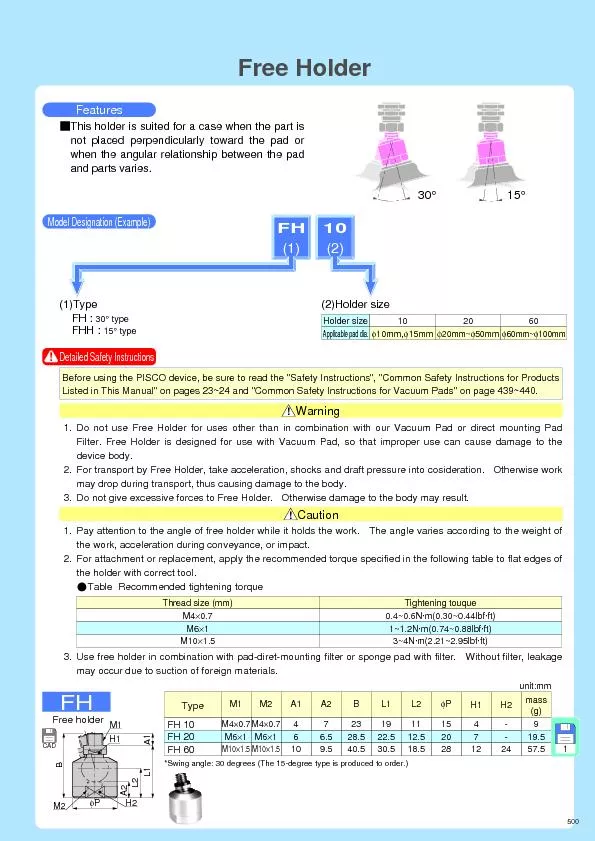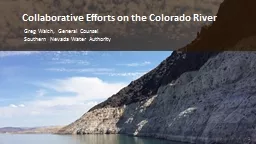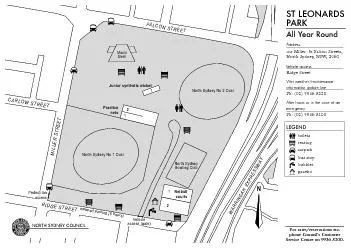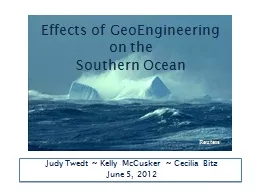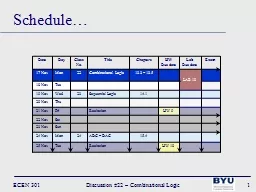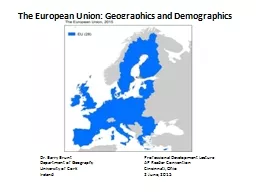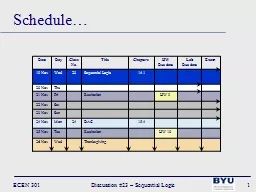PPT-Introduction ECEN 2060
Author : mitsue-stanley | Published Date : 2019-11-08
Introduction ECEN 2060 Lecture 1 Fall 2013 2 ECEN2060 Instructor Instructor Prof Frank Barnes ECOT 250 3034928225 frankbarnescoloradoedu Office hours TBD Web Manager
Presentation Embed Code
Download Presentation
Download Presentation The PPT/PDF document "Introduction ECEN 2060" is the property of its rightful owner. Permission is granted to download and print the materials on this website for personal, non-commercial use only, and to display it on your personal computer provided you do not modify the materials and that you retain all copyright notices contained in the materials. By downloading content from our website, you accept the terms of this agreement.
Introduction ECEN 2060: Transcript
Download Rules Of Document
"Introduction ECEN 2060"The content belongs to its owner. You may download and print it for personal use, without modification, and keep all copyright notices. By downloading, you agree to these terms.
Related Documents

